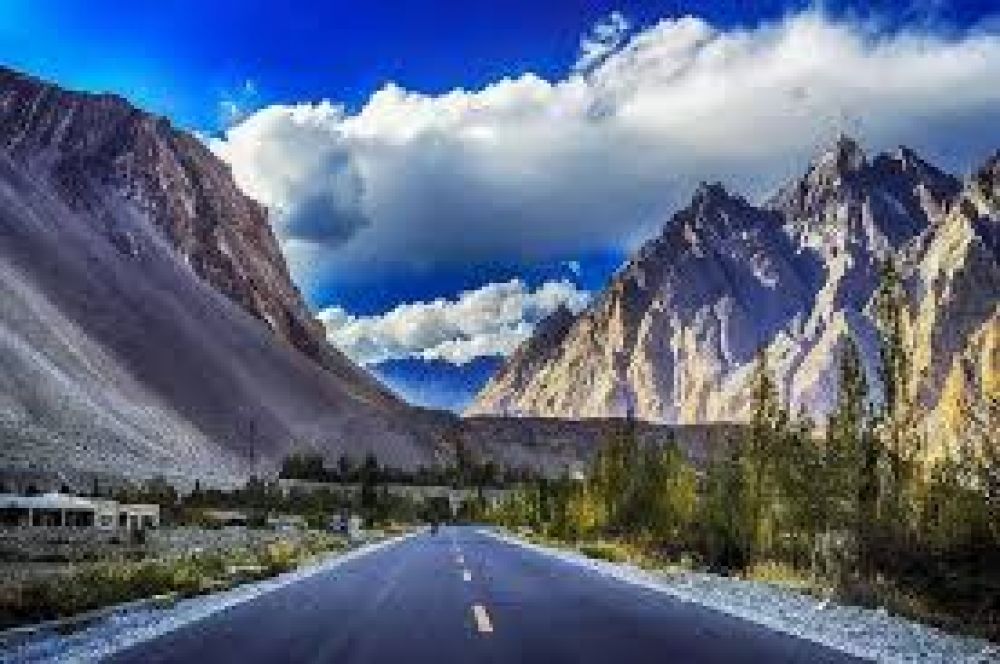The Karakoram Highway, often referred to as the KKH, is a monumental road that spans approximately 1,300 kilometers (810 miles) connecting China and Pakistan through one of the world's most spectacular mountain ranges, the Karakoram. This highway is famed for its stunning vistas, high mountain passes, and unique cultural experiences.

